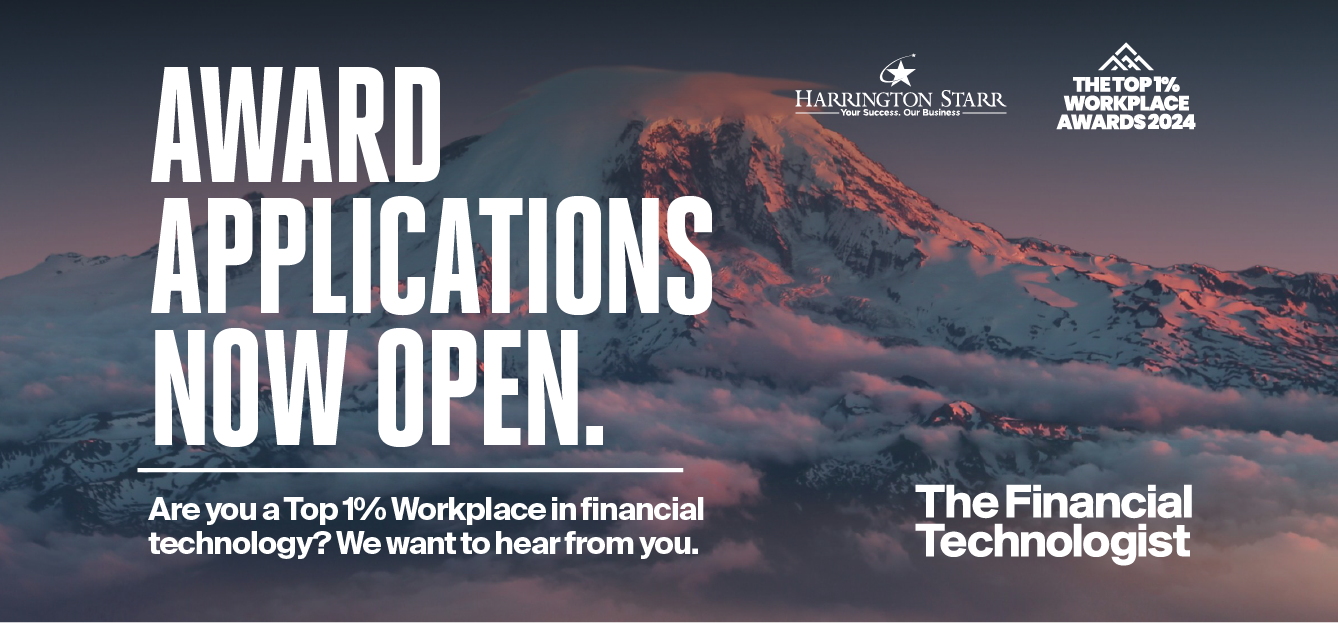Current market demand, and the impact of Covid, has created numerous interesting insights from the consumer or customer standpoint; leading to a huge disruption in financial services and technology. The online marketplace has been massively disrupted, leading to huge success in financial technology in terms of micro-investing product or services — be it individual or a packaging concept providing an end-to end service to a consumer.
The marketplace is onboarding disruptive innovation because it relies on technologies such as smartphone apps, big data, Power AI, algorithms, and machine learning. The demanding nature of the market has encouraged many sectors to broaden their reach, allowing consumers to shop from one place, from anywhere and everywhere; allowing them to choose from a wide range of offerings with competitive products/services. This has forced big businesses to move out from the so called ‘outlet concept’, to now trade their product through online marketplaces. The “Retail Apocalypse” has seen around 17,145 or more retail stores and high street shops in the United Kingdom close throughout 2022. This isn’t all bad. It’s created an abundance of opportunity through online marketplaces, creating enormous avenues of revenue. Marketplaces not only allow businesses to bypass clunky legacy infrastructure but also open up avenues of easy trading, from local to global. And this is only possible through emerging technologies like wearable tech integration; innovative MarTech trends like VR/AR content; big-data platforms through in-depth monitoring and advance analytics; programmatic ads; chatbots; blockchain-based marketing tools; voice technology; mobile-first solutions — this list will undoubtedly grow!
In order to meet the disruptive market demand, most modern marketplaces try to offer a more flexible, versatile and tailored experience; bringing greater value to the payment transaction and capturing commission. Due to the tricky nature of the online payment process (i.e complexity and heavy regulation), the majority of the marketplace is leaning towards the partnership model, to other payment service providers (PSP), in order to save on resources. It’s an effective alternative to building their own payment infrastructure which is expensive and time consuming. Several contemporary PSPs have emerged in the market to fulfil emerging, specific needs of particular, evolving marketplaces. Since such markets are growing fast, pressured by increasing demand, the PSPs can offer a lot of value by building offerings specifically focused on the target market by supporting their typical transaction flows. The success the latter has means more and more PSPs are coming to market, making it extremely difficult for consumers to choose which one is best for them.
The world’s biggest conventional PSPs like WorldPay, Fiserv, Elavon or Chase Paymentech — which handle annual transaction over $1Trillion each — are still struggling to fulfil the demand of fast-moving marketplaces; mainly due to the regulatory constraints and inability to meet the speed of change in the marketplace. Which is why customers are approaching other start-up PSPs that can offer more trailered, faster, and nimble solutions like Wepay, Mangopay, Opayo, Gocardless, LemonPay, Stripe Connect, and Bluesnap.
The fast pace of change has led to the emergence of several features across PSPs like Know Your Customer (KYC), Instant onboarding and Self-Serve, delayed pay-out and split pay to multiple parties, escrow (holding customer money and delays pay out), dispute handling, tax reporting, subscription payment, and BNPL solution. Again, depending on the nature of business and model of your marketplace (B2B or B2C or C2C or B2B2C), there has been various types of software that has emerged which provides marketplaces the tools to build, sustain and expand their businesses (scale up) — locally as well as globally. To sustain traffic and to grow revenue, firms must optimise the value of data, utilise advanced marketing tool offerings like Google Ads and Shopping, Shopify’s shop channel, Amazon Marketplace. They are crucial and define the emerging future.
As per expert market research (EMR), the global FinTech market achieved a value of USD 194.1 billion (approx.) in 2022 and is expected to grow in the forecast period of 2023-2028 at a CAGR of 16.8%, to reach USD 492.81 billion by 2028. It would be interesting and exciting to see how far this financial tech disruption will go and what opportunity this holds for an ever-demanding market.
Read more articles like this in The Financial Technologist. Download your free copy here.
